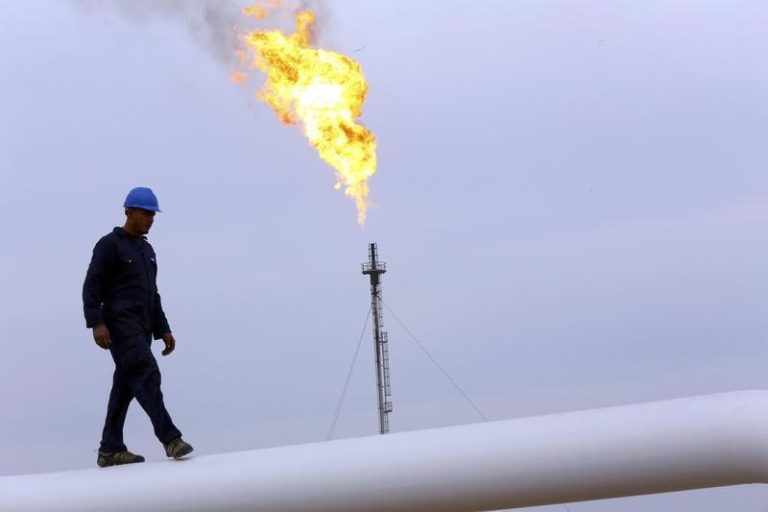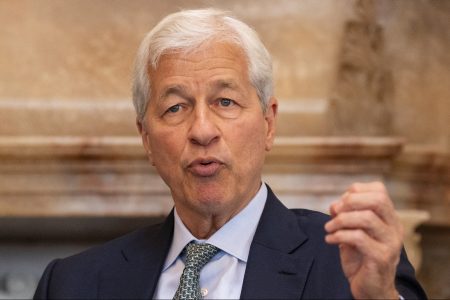© Reuters.
Investing.com — It’s over finally — oil’s seven-week rally.
And direction for crude prices hereon will likely be dictated by whether China gets to show a serious jump in the number of barrels it’s buying — or at least muster enough positivity on its economy to conjure the notion that the top oil importer still has what it takes to get the market moving.
Crude prices settled Friday’s trade higher, extending their rebound from Thursday. But the two-day rise was too late and too little to make up for the losses in the first three days of the week.
New York-traded West Texas Intermediate, or , crude settled the latest session up 86 cents, or 1%, at $81.25 per barrel, extending Thursday’s 1.3%. But the 4.6% drop from Monday through Wednesday still left WTI down 2.3% on the week.
That was a breakaway from a previous seven-week rally triggered by a bull fervor over Saudi production cuts that lifted the U.S. crude benchmark by 20% in that period, resulting in a 9-month high of $84.89 for a barrel.
London-based crude finished the New York session up 68 cents, or 0.8%, at $84.80, extending the prior day’s run by a similar percentage. For the week, Brent was down 2.8% after a seven-week rally that gave oil bulls an 18% return and a seven-month high of $88.10.
U.S. oil demand is there but dollar strength a bigger worry
U.S. oil demand has remained stable over the past few months, but markets have feared a potential decline in fuel consumption, especially as the end of the summer season approaches.
“We believe that there is still room for the market to move higher. Our balance sheet suggests that the oil market will continue to tighten as we move through the second half of the year with a deficit in the region of 2MMbbls/d,” said analysts at ING, in a note.
“We have left our forecasts for the remainder of the year unchanged. We still expect ICE Brent to average US$86/bbl over 3Q23 and US$92/bbl over 4Q23.”
Still, weighing on crude prices are concerns that the U.S. is not quite finished with hiking interest rates to tackle inflation, especially after the release of hawkish Fed this week.
Resilience in the U.S. economy has helped the post strong gains this week. Strength in the greenback also weighed on oil prices, given that it makes crude more expensive for international buyers.
China, China and China
That makes any crude price projection depend largely on what China does — or doesn’t do.
The world’s second largest economy has been grappling with a slowing post-COVID economic recovery, exacerbated by weakness in its important property sector.
This has raised concerns that this lower economic activity would hit demand for crude from a country that was meant to pick up a lot of the slack that tight monetary policies in the West have generated.
The unexpectedly cut short and medium-term lending rates earlier this week, but investors are calling on more targeted, fiscal measures to support the economy.
(Additional reporting by Peter Nurse in London and Ambar Warrick in Singapore)
Read the full article here









